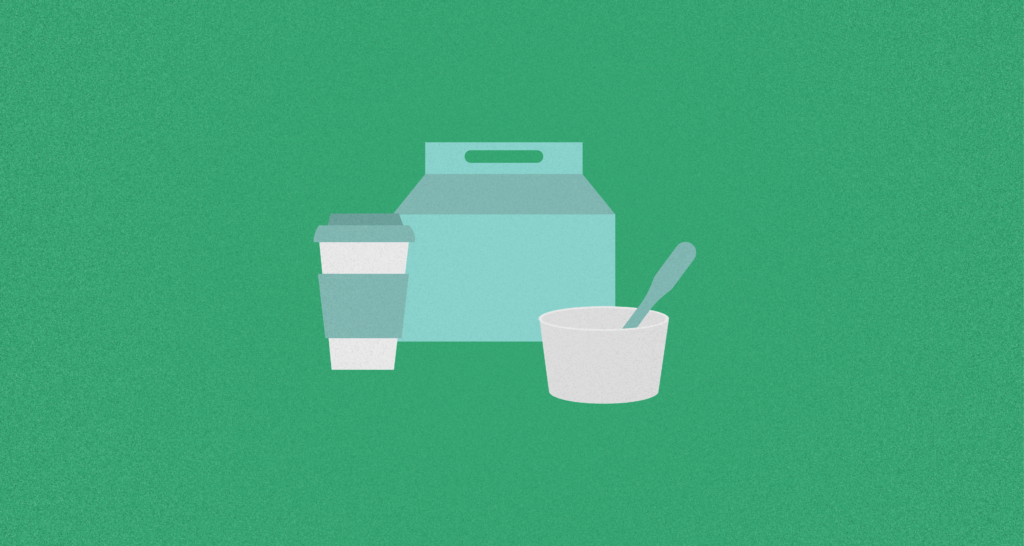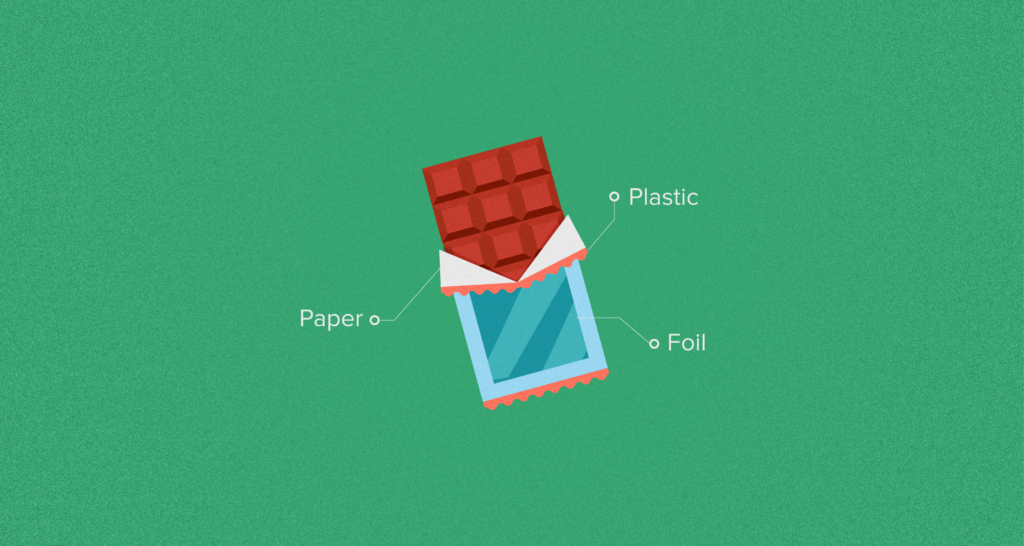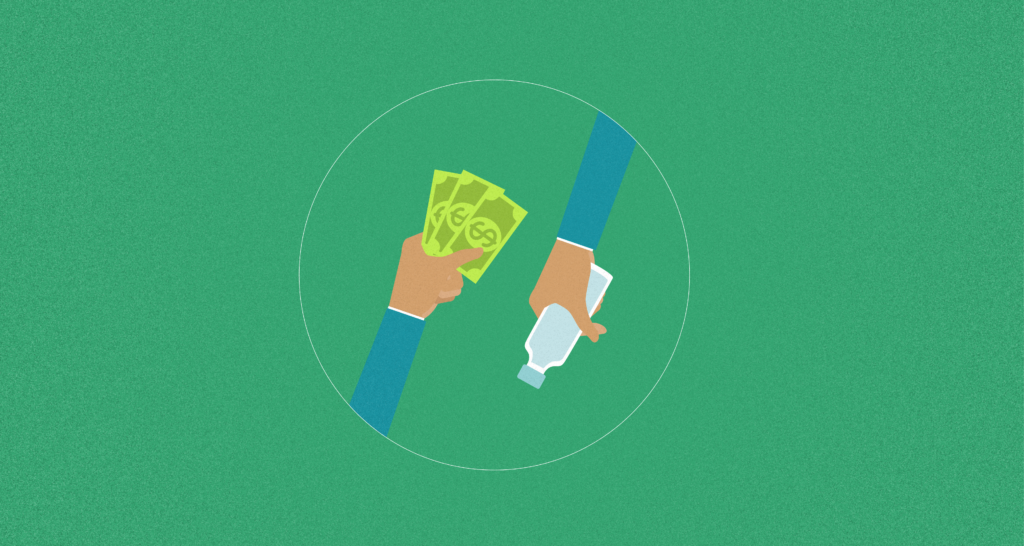The idea of trash is simple. We all make it, and we all throw it away. The presence and disposal of waste are so commonplace that most people hardly think of it. Recycling, on the other hand, is a more complex idea.
A recent survey reports that 94 percent of Americans support recycling and 74 percent say it should be a priority. However, the EPA notes that the national average recycling rate is only 34.7 percent. There are many reasons we are failing at recycling, from education to infrastructure and logistics, to cost, to psychology. Recycling is complicated, and the current system, unfortunately, does not set us up for success.
Why are We So Bad at Recycling?
Recycling Rules Vary from Place to Place
One of the biggest challenges to recycling is that the recycling rules and regulations vary from place to place. Different countries, states, provinces, and even cities may have their own recycling regulations and guidelines. Some sites offer comprehensive recycling programs where a wide range of materials are accepted. At the same time, other places may offer more limited programs receiving only certain types of materials.
Current Manufacturing Processes Do Not Accommodate Recycling
Our current manufacturing process does not accommodate recycling. Most products are designed for single-use rather than reuse or recycling. On the other hand, most products are made with a combination of materials that are often hard to separate or recycle. The dyes, coatings, and additives also make recycling difficult, as the chemicals must be removed before recycling can occur.
For companies, it’s more economically feasible to manufacture products using new materials rather than recycled materials.

Accessibility & Lack of Recycling Infrastructure
The types of accepted materials vary depending on the local recycling infrastructure. Cardboard and paper are accepted in most places. However, finding a place to recycle your electronics and plastics can be trickier. Even if it’s possible to recycle something, it’s not always economically feasible as most materials get contaminated, making it difficult or impossible to recycle.
In addition, most Americans don’t have access to recycling resources where they live, even today, and rural recycling is a big challenge. Due to a lack of resources, small towns often don’t have the budget for recycling programs, and it’s difficult to prove the economic viability of such programs in order to attract external waste management companies.
Single-use Products are Convenient
Our current product landscape is full of single-use materials designed to be thrown away. For consumers, it’s generally easier to buy disposable products because this is more common and encouraged. There is also no need to clean or wash these products before and after use, and no extra effort is required to dispose of them. Reusable, compostable, and recyclable products, on the other hand, are generally more expensive and sometimes need a lifestyle change.
Misinformation about Recycling
Like most things, misinformation can be the biggest obstacle to recycling. It leads to confusion about what can and cannot be recycled. Mixing recyclables and non-recyclables contaminates the entire batch and makes recycling even more difficult. Sorting is the key to recycling, and misinformation also leads to incorrect sorting, contaminating the materials. When recycling looks too complicated, and they keep making mistakes, people often get discouraged and stop doing it altogether.
Wishcycling
Wishcycling is putting materials in the recycling bin and wishing they will be recycled. Recycling, unfortunately, does not work that way. If a facility can process only plastics, sending glass or cardboard there will only lead to more issues. The mixing of recyclables and non-recyclables will contaminate the entire recycling stream.
Wishcycling can also make the already costly recycling process costlier. Sorting and removing non-recyclables from the recycling stream requires a lot of manual effort, making it expensive and burdensome.

How Can We Get Better at Recycling?
Don’t be a Wishcycler
Wishcycling threatens the recycling system, and there are multiple ways that you can avoid this behavior. Here are a few tips:
1. Check your local recycling guidelines and stay up-to-date on recycling rules and regulations.
2. Consider learning more about recycling and what materials can be easily recycled.
3. Think before you put something in the bin.
Harness the Power of Influence
Social influence plays a crucial role in pushing people towards recycling. As social creatures, we tend to do things that everyone is doing (for example, TikTok trends). Following the findings of an experiment conducted by psychologist Rober Cialdini in 1991, a series of TV ads were crafted. In the ads, people who recycled spoke approvingly of recycling while disparaging an individual who did not. The communities showing the ad recorded a 25% increase in recycling rates.
Shared commitment and accountability can be great motivators for recycling, and normalizing recycling behaviors will result in more people committing to this effort.

Make Recycling More Accessible
Making recycling more accessible is about more than just having recycling bins around the neighborhood. Cities and communities should provide information and education on what and how to recycle. Offering incentives like discounts or cashback can also be a great way to encourage recycling. Convenient collection options like curbside pickup or drop-off also remove the barriers for people to recycle.
Collect Recycling Data to Make Informed Decisions
We need quality data to encourage recycling and make more informed decisions. Surveys and tracking technologies (like TrashBot) can be a great way to gather data on the waste stream. You can then monitor and analyze the records to identify areas of improvement and make necessary changes. Data-driven education is also key in ensuring recycling programs’ ROI.
Investing in Recycling Technologies like TrashBot
With the threat of climate change, recycling is just not enough. When it comes to humans, there’s always some margin for error, which is why we need to invest in effective recycling technologies like TrashBot. TrashBot comes equipped with technology that sorts trash 300% more accurately than humans. It allows recycling programs to be more effective and drives significant environmental impact. Other companies like Recycleye are making waste management more efficient with sorting technology and AI robots.
A Collective Effort Toward Better Recycling
You need to practice to improve at anything, and the same goes for recycling. Getting better at recycling requires a combination of individual and collective effort, education, infrastructure, and investment in recycling technologies. Working together, we can make recycling achievable.


